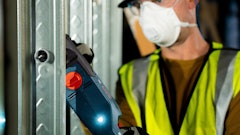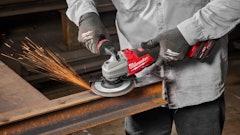As a construction industry trade editor, I've been blessed to have several opportunities to travel to other parts of the world to visit construction equipment manufacturing plants, dealerships and even construction sites. Most recently, I returned from a trip to Austria (many thanks to our gracious hosts at Liebherr Construction Equipment), but I've also visited international locales as close as Canada to as far away as China.
On such excursions, you can typically spot cultural differences from the moment you step off the plane. Yet, when it comes to the business of construction, there are more similarities than you might expect, particularly when it comes to expectations for equipment. Following are four "universal truths" I've discovered on my journeys:
1. Quality is not an option. There are regions of the world where price is the deciding factor when it comes to acquiring equipment, but they're becoming fewer and farther between. Contractors in emerging markets are starting to recognize the importance quality of construction and components plays in ensuring equipment can get the job done, day in and day out. Quality is even more crucial on jobsites in remote areas or communities with limited or no service support.
In developed nations, quality is not just desirable but expected. We expect that the equipment will perform as well or better than indicated and will provide a long service life at a reasonable cost.
2. Durability is a must. Along with an expectation for quality comes a demand for durability. Construction equipment represents a substantial capital investment for any business, regardless where it's used. Contractors don't just expect equipment to last, they demand that it be able to do so, regardless of the operating environment.
While in Asia a few years ago, we were told about a large project on a remote mountaintop in Northern China. Equipment was difficult and costly to transport to the site, so machines used on the project had to be able to withstand continuous operation in harsh conditions for months at a time. Quality of construction and durability of components proved the deciding factor in the equipment the contractor chose to use.
3. After-sale support is essential. Regardless where your finger falls on the globe, if a machine goes down, it needs to be fixed and fixed quickly. Having individuals and organizations willing to stand behind you to keep equipment in operation is a must to ensure projects stay on track and profitability can be maintained.
In Vienna, Austria, we had a chance to visit an extensive jobsite for an all-new university campus in a crowded section of the city. The project required the use of 17 tower cranes simultaneously — a feat that demanded exceptional support from the local Liebherr dealer to ensure the cranes were set up properly and continued to operate as expected.
4. Doing more with less is becoming a universal goal. There are countries where labor is still sufficiently cheap to enable work to be completed manually. But contractors around the world are recognizing the need to improve efficiency, enhance profits and complete projects in a more timely manner. They also recognize that equipment can provide the means to do so.
Obviously, cultural and political divides remain between many nations. But the objectives for the equipment utilized in construction are similar. This can benefit all of us by pushing manufacturers to continuously improve equipment designs in order to meet the growing expectations of what has truly become a global marketplace.



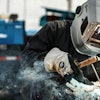


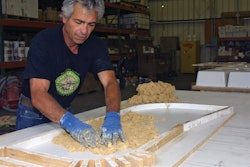

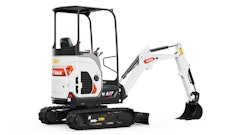




![Hcm Ax Landcros Dual Branded Logo[25]](https://img.forconstructionpros.com/mindful/acbm/workspaces/default/uploads/2025/11/hcmaxlandcros-dual-branded-logo25.Qhg3vUCjoK.jpg?ar=16%3A9&auto=format%2Ccompress&bg=fff&fill-color=fff&fit=fill&h=135&q=70&w=240)



